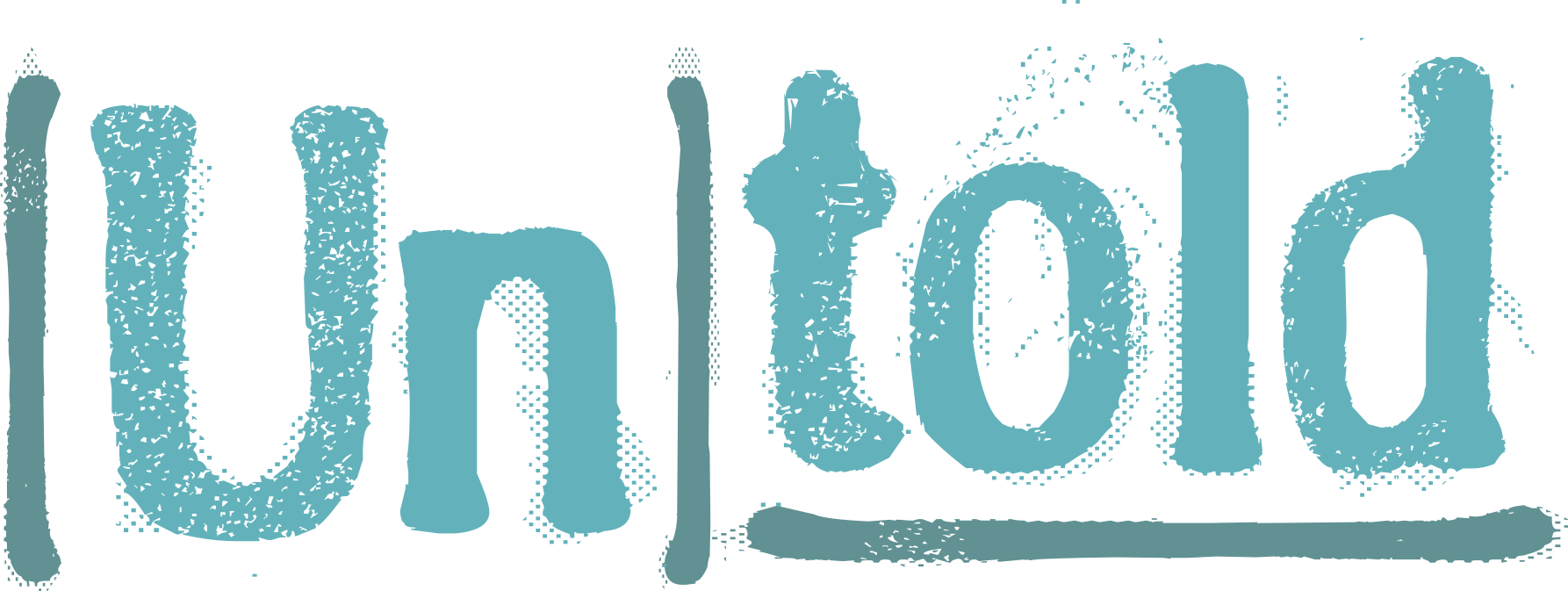编写有效团队电子邮件的顶级提示:
提示#1:团队会议后快速跟进
There’s nothing more magical than starting and ending a team meeting with a bang–when all the important issues are tackled and people have a clear sense of their next steps. The emails that follow such jazzed meetings are oftentimes the easiest to write, because you can outline next steps and direct folks towards the most important actions to take before meeting again.
当这个魔法不会发生,一个小组会议leaves colleagues in confusion or disagreement, the emails that follow should create a clear path towards getting all stakeholders together again for more conversation. Aim to stay positive and not use email to dive down into the weeds of the conflict. As Marie Kondo says, “The space in which we live should be for the person we are becoming now, not for the person we were in the past.” Using long email chains to resolve conflicts constricts your team to living out past conversations in elaborate email writing and restricts you from effectively collaborating towards a shared vision of your future.
一旦大规模回复 - 所有对话都开始,很难通过电子邮件来协商决策。相反,每个人都在电子邮件监狱中,怨恨时间通过每个被答复的互访者的冲突的角度来倾注,而且制作自己的响应。为避免电子邮件监狱,在团队会议结束后快速跟进,以某种行动为导向的电子邮件,该电子邮件概述了对团队的清晰下一步。并避免使用电子邮件来辩论热门话题。
Tip #2: Create An Action-Oriented Subject Line
If you want team members to open your email, be sure to craft a compelling, action-oriented subject line. Use reverse engineering: Start by thinking about what the team should do后他们阅读了电子邮件,然后在主题中制作该呼叫行动。
某些面向行动的电子邮件主题行建议包括:
- Feedback Requested for [Insert Name of Project]
- 要求批准[插入可交付的名称]
- Meeting Requested for [Insert Name of Initiative]
- Next Steps for [Insert Name of Project]
- Roles & Responsibilities for [Insert Name of Initiative]
Try to avoid vague subject lines, like “Meeting Notes” or just the name of the project/initiative you are working on together. By challenging yourself to make each email action-oriented, you will help your colleagues see clear what they need to do next.
提示#3:使用视觉层次结构
团队成员应该能够快速打开和扫描您的电子邮件,以获取最关键的信息和它们所需的下一步。
两种类型的视觉层次结构对电子邮件特别有用:
- 大胆和斜体:就像冬天被雪包围的红衣主教一样,粗体和斜体的文字吸引眼球并帮助读者关注最重要的信息。使用BOLD致电注意团队成员或项目最严重更新所需的操作。我们特别喜欢将信息分解为粗体的子标题的电子邮件,以便我们可以快速跳过内容来查找与我们相关的内容。
- Bullets and Numbers:尽可能使用Bullet和Numbers来组织和分离更长的信息。与固体抽屉组织者一样,子弹和数字提供物品之间的视觉分离。正如Marie Kondo所说,“一个凌乱的房间等于一个凌乱的心灵。”
提示#4:以明确的呼叫行动结束
通过使用第二人称视图命令,将您的电子邮件与清晰的呼叫操作结束。(请记住,第二人是当观众直接通过命令进行解决时,特别是从主题开始“您”)。
有些示例呼叫动作,帮助读者在阅读电子邮件后知道该发出的操作包括:
- “请在星期五下午的会议上回复您的可用性。”
- “Please review the attached document and provide comments via Track Changes by COB Monday.”
- “请在星期三在会议之前分享关于您的优先下一步的简短电子邮件更新。”
提示#5:善良
Using the word “please” softens the tone of your requests and promotes positivity among your team. Don’t make people dread your emails! Start with a happy reflection on your previous meeting and close with a general statement about the good direction the team is heading. Emails that begin and end with kindness make it a joy to work with you.
- 项目概述251倡议:我们的目标/愿景是什么,支持它(即利益攸关方)
- 项目的视觉描绘251个目标
- 资源概述
- 项目251网站:Where on the website do we want to direct facilities?
- SharePoint Toolkit:设施有哪些重要资源?
-
- 项目仪表板:设施在项目251上报告进展情况。当他们使用项目仪表板时,设施的具体期望是什么?
- What to Expect: When will Project 251 be enacted?What can facilities expect next?
非常感谢!
凯蒂


